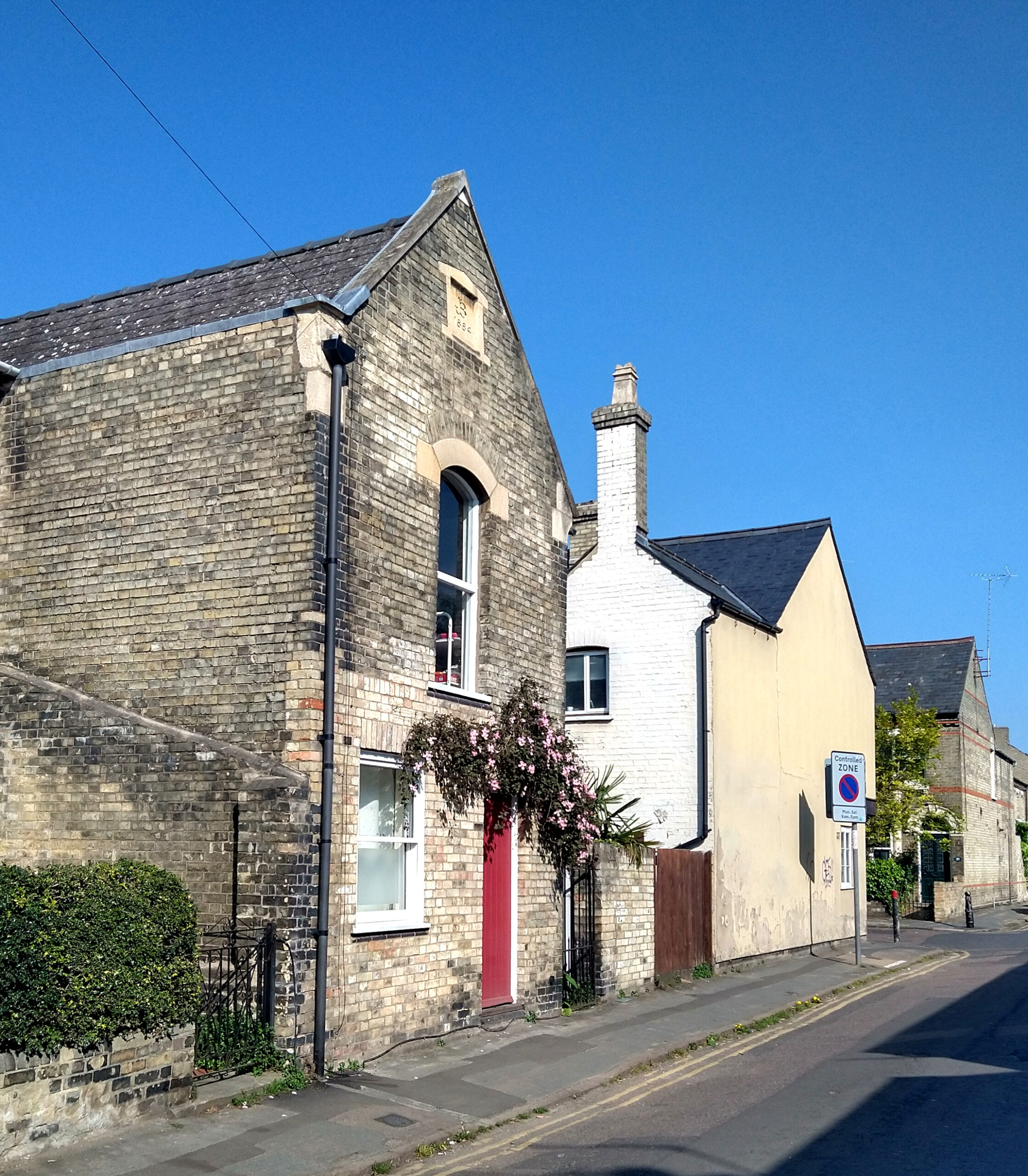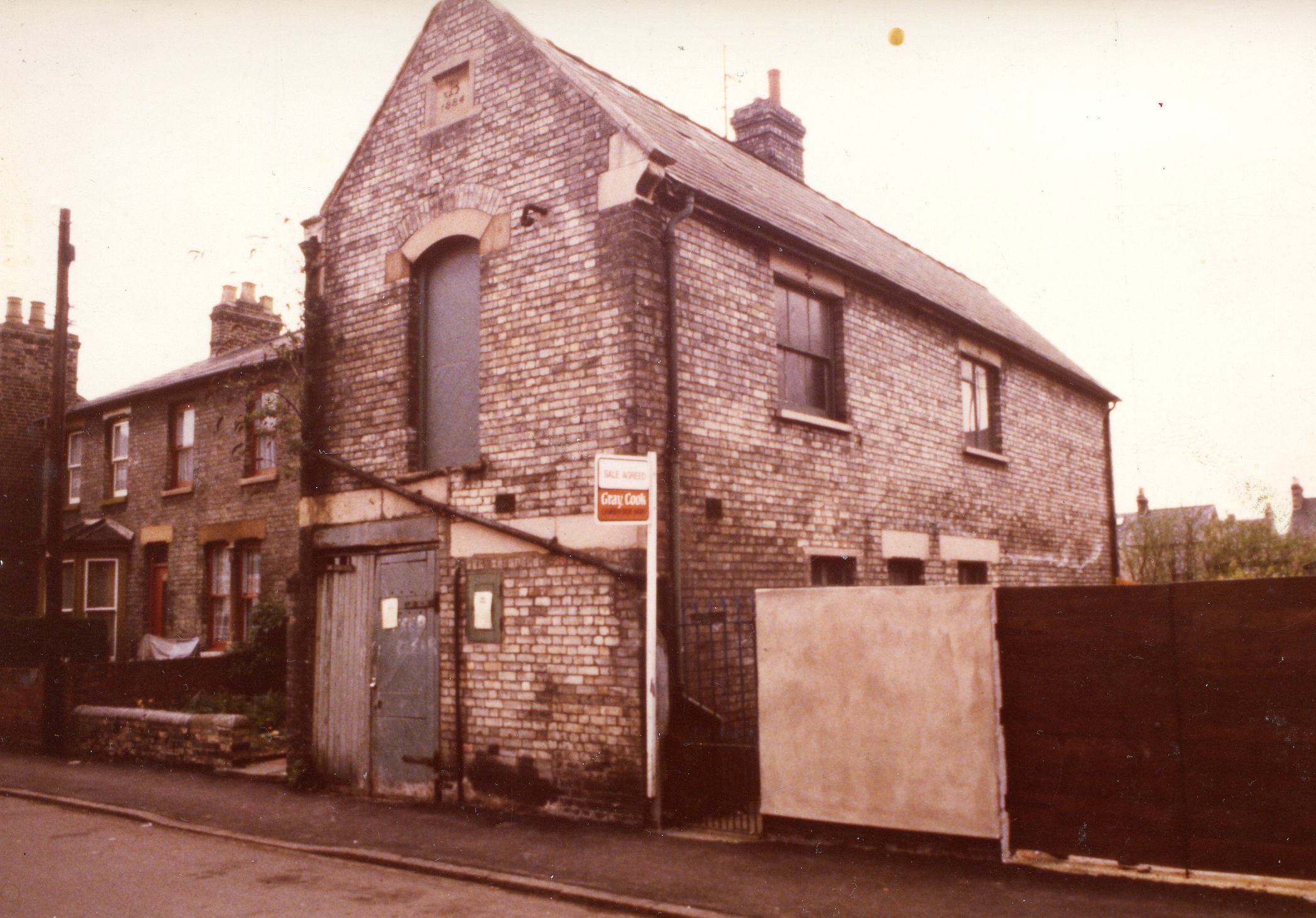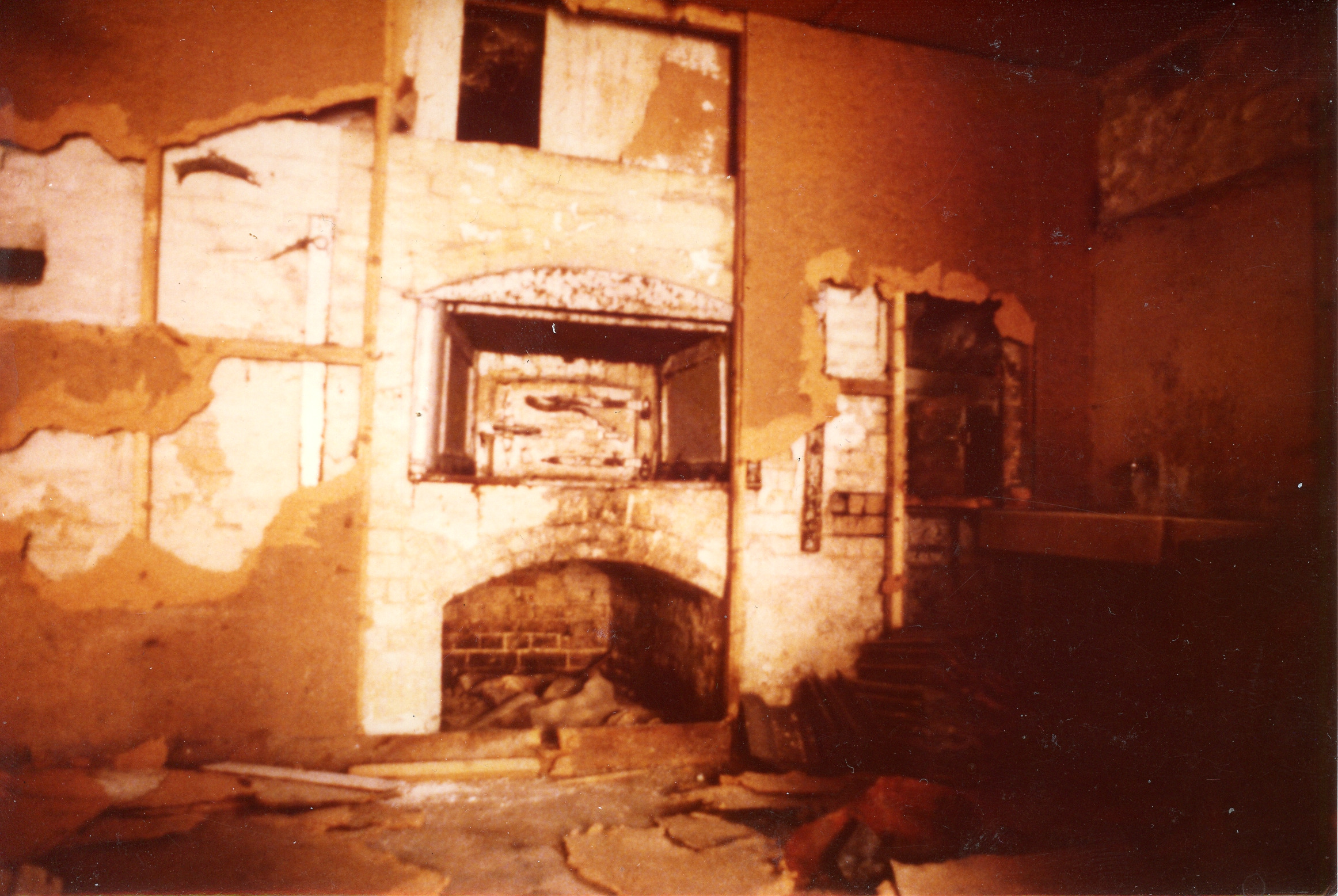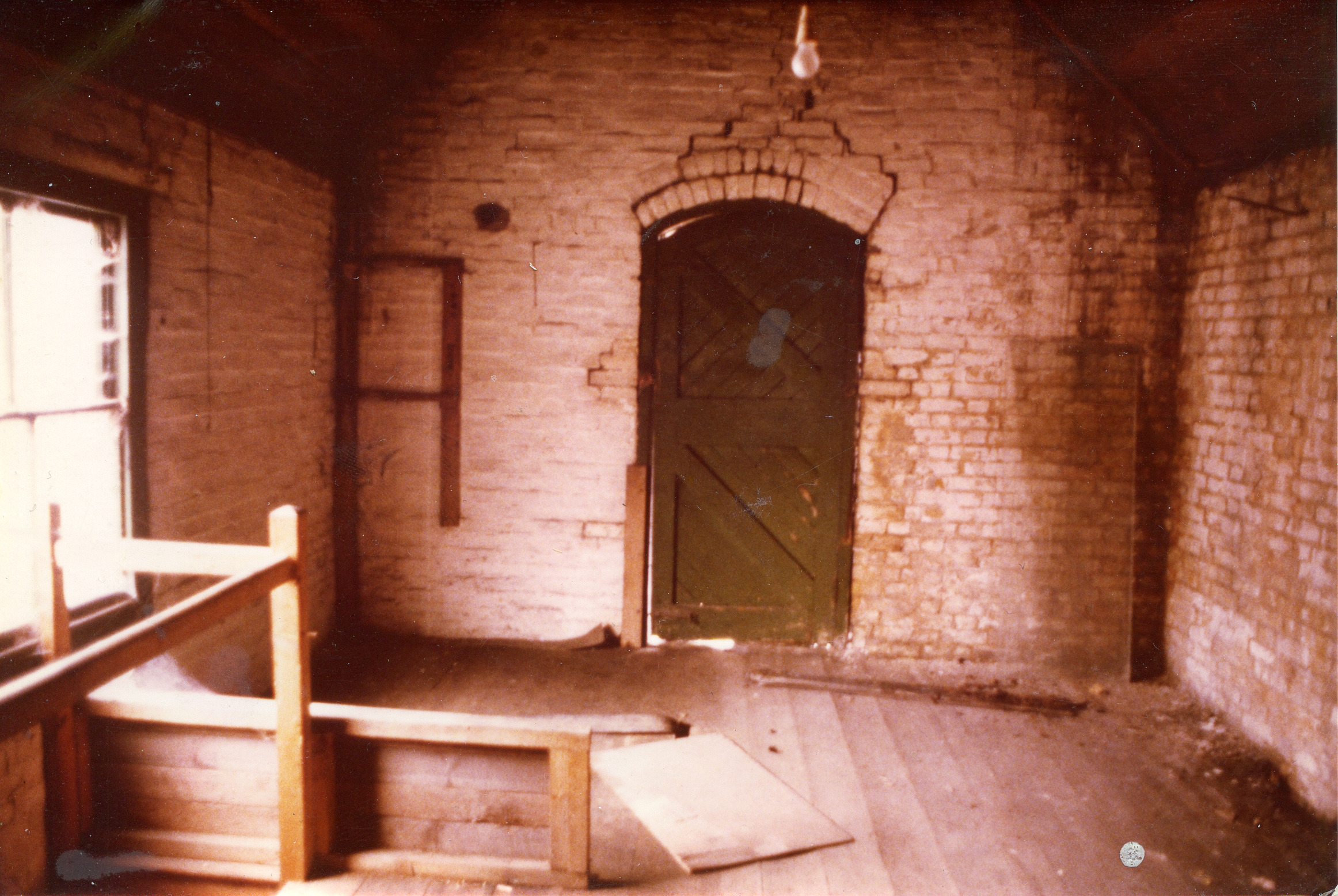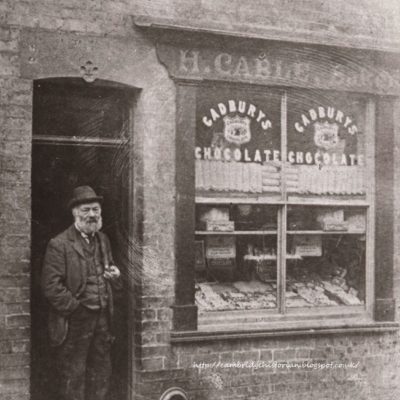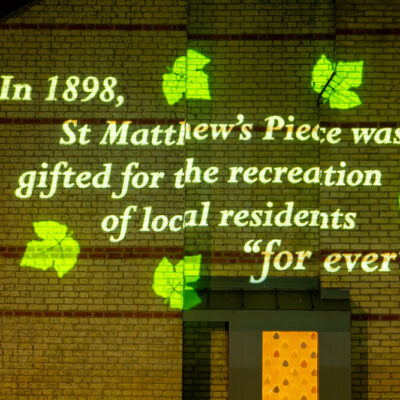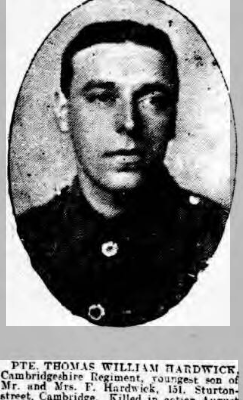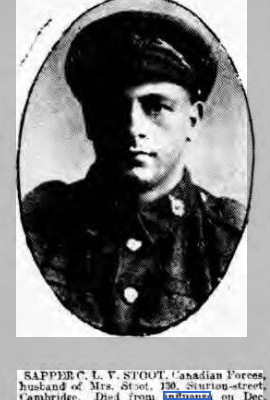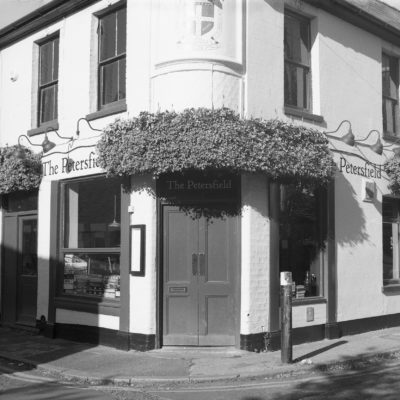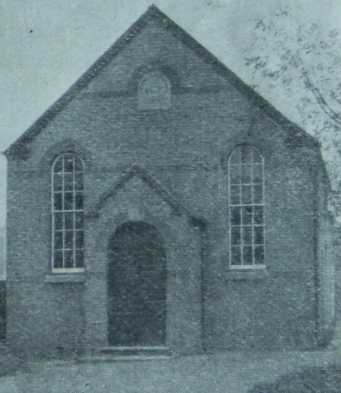Search by topic
- archaeology
- Building of Local Interest
- charity
- church
- crime
- dressmaker
- fire
- Great Eastern Railway
- Listed building
- Mapping Relief
- medieval
- oral history
- poverty
- Public House
- Rattee & Kett
- Religious House
- Roman
- scholar
- school
- Then and Now
- tudor
- women
- work
- world war one
- world war two
Search by text

The Old Bakehouse, 117a Sturton Street
Built as a bakery, now a home
The Old Bakehouse at 117a Sturton Street was built in 1884 by property developer John Burford, who is commemorated in the plaque on the gable reading ‘JB 1884’ (Payne 1984, page 82). In 1869 he had built Clara Terrace on the south side of Milford Street – a terrace of 11 houses of which three became shops. He built the bakery for the use of the corner shop at 1 Milford Street, taking space from the gardens of # 1, 2 and 3.
John Burford
John Burford was born in 1829 in Westwell, Kent, the son of an agricultural labourer. By 1861 he was living in Cambridge with his wife Esther and young daughter Clara, working as a coach body maker. By 1869, according to the Post Office Directory for Cambridgeshire, he was running a ‘toy and fancy repository’ at 28 Trumpington Street, Cambridge. The shop also sold prams, making use of his background in coach building.
In the same year he had Clara Terrace built, and named it after his daughter. The land had once been part of the old Barnwell Field. In the 1860s it was bought by Joseph Sturton, who laid it out in plots and sold it off to small-scale developers, many of whom – like John Burford – had humble origins.
According to trade directories, John Burford continued to run his business on Trumpington Street into the 1880s. After retirement, the income from his property in Clara Terrace and elsewhere enabled him to pursue a second career in public service, first as a Poor Law Guardian, then as a Town Councillor, a County Councillor and a Borough Magistrate (Cambridge Independent Press, 21 February 1908). For many years he was President of Sturton Town Liberal Club (Cambridge Independent Press, 2 November 1888). He was involved in many commercial enterprises founded to benefit the local community and infrastructure, including the Cambridge Street Tramways Company, of which he was a director alongside Joseph Sturton (Cambridge Independent Press, 22 September 1905). He died in 1908 at his home in Glisson Road.
His obituary in the Cambridge Independent Press (21 February 1908) tells us that ‘He was plain of speech, and sometimes brusque of manner, but he had the kindest of hearts underneath a rough exterior, and the extent of his good deeds will never be fully known. He was the truest and staunchest of friends, and a man of sound and wise ideas, though lack of education deprived him of the means of fully expressing them. His life is one long record of strenuous service in the cause of his fellow men.’
The Bakehouse
The 1887 edition of Spalding’s street directory tells us that 1 Milford Street was now a bakery run by J William Marlow.
By the time of the 1891 census, the shop was a bakery and grocery run by John and Mary Patten, along with Mary’s adult sons William, Henry and Percy Clarke. The Patten/Clarke family also occupied 2 Milford Street; for more information, see the Capturing Cambridge entry for 2 Milford Street.
According to Kelly’s and Spalding’s trade directories, the corner shop continued to be a grocery and general stores until the 1950s, and was then a greengrocer’s shop until at least 1975.
In the early 1980s there were still residents who remembered the bakehouse and the shop in their heyday. Syd Christian, then living at Linnett House retirement home, had worked there as a baker and pie maker in the 1940s and 1950s. On Sunday mornings he would light the ovens so that neighbours could use them for their Sunday roast. Another local resident reported that the shop was famous for its pork pies and that people used to come from as far away as Newmarket to buy them. Dora Milner, at 2 Milford Street, said that the bakehouse stopped making bread in 1954 when the price of flour went up.
By the late 1960s the building was disused and up for sale.
In 1981 it was bought by New Zealander Andy Laing, who converted it into a home for herself and her young son. She had spotted the potential of the old flour loft on the first floor. Perhaps appropriately for an antipodean, she decided that the house should be upside-down, with the living space upstairs.
Sources
UK census records (1841 to 1911), General Register Office birth, marriage and death indexes (1837 onwards), the 1939 England and Wales Register, electoral registers, Kelly’s and Spalding’s street directories, and local newspapers available via www.britishnewspaperarchive.co.uk.
Syd Christian and Dora Milner recounted their memories of the bakery to Andy Laing in the 1980s.
Sara Payne (1984), Down Your Street: Cambridge Past and Present, vol. II, East Cambridge, The Pevensey Press. She refers to John Burford as James Burford.
Contribute
Do you have any information about the people or places in this article? If so, then please let us know using the Contact page or by emailing capturingcambridge@
License
This work is licensed under CC BY-NC-SA 4.0





